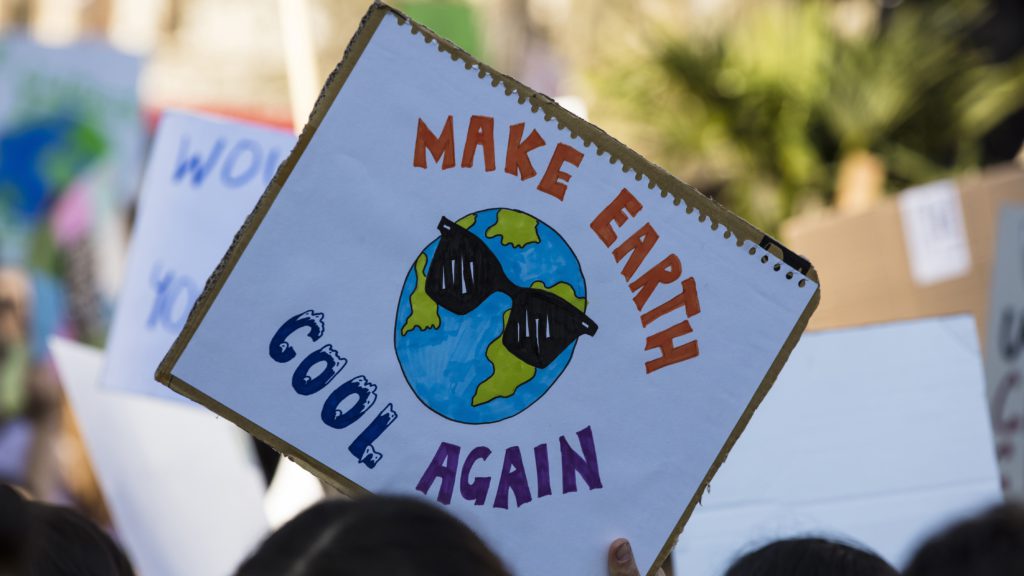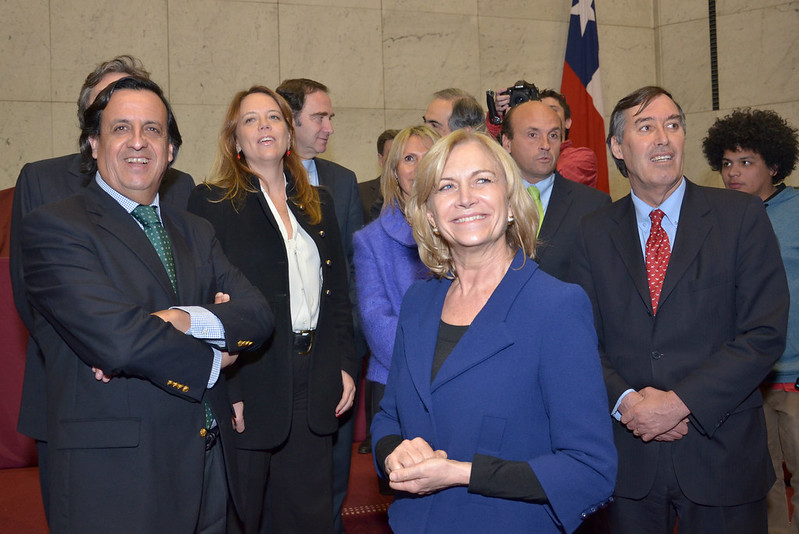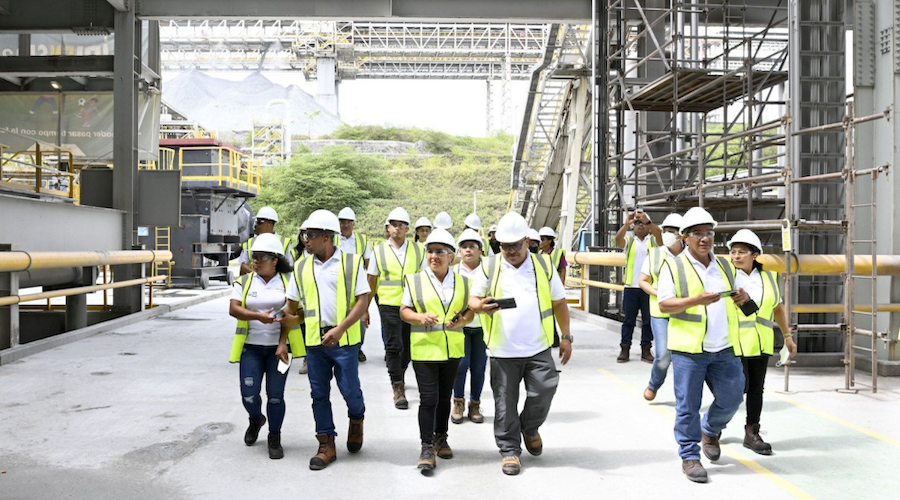How the IEA embraced its role as an energy oracle in the climate transition

The International Energy Agency’s annual World Energy Outlook, the latest edition of which was published on Wednesday, is probably the closest thing to a bible in the energy world. It marks in granular detail several different ways the global energy system might evolve. The organization projects electricity generation and fuel production volumes and price points, by national or regional levels, in five-year increments for the next 20 to 30 years.
It’s also become the subject of increasing controversy in the past decade over its influence on efforts to stabilize the climate and shift away from fossil fuels. The new WEO possibly marks the resolution of a tension that has plagued the IEA for years: Does it simply show possible futures, or does it also define those futures?
Also read: In a world fighting climate change, fossil fuels take revenge
This year the IEA confirmed a subtle but important shift in the way it defines and frames its different pathways, or scenarios, that it publishes in the WEO. Three of the four 2021 scenarios are based on the pursuit of climate goals, and there’s no “business as usual” option. This changes the energy landscape immeasurably.
To understand why, consider the role and reach of the WEO. Although it was founded as the watchdog for wealthy, oil-importing countries in the wake of the OPEC oil embargo in 1973, the IEA has carefully built a reputation as an authoritative source of international data and insights on all energy-related matters. The far-off numbers in the WEO are routinely cited in corporate investor presentations and government revenue forecasts.
Getting oil, gas, and coal out of the ground is nearly always an expensive, multi-year endeavor. It requires a belief that big upfront costs will eventually pay off. It’s not surprising, then, that WEO numbers were often used to rationalize continued reliance on, or expansion of, fossil fuel supply.
Many people in the energy world will have heard assertions that Asia’s coal demand will grow steadily through 2040, with the IEA cited as a source. This pops up in Japanese industry memos pushing for the continued support of coal-fired power generation, and Australian government-industry documents considering the future of its thermal coal export industry. With this knowledge from the world’s greatest authority, who would abandon coal?
The agency has always rejected criticisms that its scenarios delay the shift away from fossil fuels. In response, it insists that the WEO does not contain forecasts, but rather illustrations of possible futures.
The criticisms became more acute in April 2019, when a large coalition of investors, businesses, scientists and civil society groups wrote to the organization’s executive director, Fatih Birol, seeking a more ambitious scenario, that cut fossil fuel use quickly to have a chance of staying within 1.5C of warming. They also sought a better reflection of new energy technologies and their growth potential. (Disclosure: I provided some advice to those drafting the letter.)
The IEA’s response was to defend its main scenario, which was consistent with a world on track to warm by approximately 3C, wildly above any safe limit. The scenario was meant to “hold up a mirror” to policymakers’ plans, rather than predicting them, as Birol wrote in 2019.
The scenario he was defending was called, at the time, “New Policies Scenario.” Not only was it the designated “main scenario”; it also had a title that suggested progression or even ambition. Yet all the numbers in that scenario were based on a premise built into the model that that no new policies to restrain emissions would be introduced. That assumption, combined with a chronic tendency to underestimate renewable energy growth rates and falling costs, meant the WEO provided powerful support for the status quo. Rather than anticipating accelerating support for climate policies and continuing, rapid improvements in clean energy, it extrapolated from an implausibly conservative premise.
None of that was set in stone, however. For years the IEA’s choice of scenarios, and the names they were given, had adapted and shifted.
Back in 2010, the “central scenario” had, for years, assumed no policy change. This was called the “Current Policies Scenario.” By 2011, it was undeniable that emerging policies to constrain climate change would shape energy, and so the “New Policies Scenario” – which assumes that announced policies would be enacted – took the mantle of “central scenario.”
In November 2019, months after investors and scientists wrote to the IEA, the organization changed the name of the New Policies Scenario to the “Stated Policies Scenario.” It was clunkier, but also more accurate: The deadly warming vision it described could no longer be characterized in slide decks and reports as “new.” The following year, amid the uncertainty of the pandemic, the even more inert Current Policies Scenario was dumped all together.
If you are confused, that is understandable. And that’s only a few of the tweaks and contortions that have been applied to the WEO over the years. The combination of names and narratives for this year’s scenarios makes it hard to point to any single one and claim that it’s the “main” pathway.
The headline this year has been that the IEA developed a pathway for the world to limit warming to an increase of 1.5C and that the world’s best authority on energy has declared that there is no room for new fossil fuel production in such a scenario. Birol has also identified that a rapidly expanded renewable energy base is necessary for securing stable energy supplies; something the IEA used to associate primarily with fossil fuels.
Less dramatic, but just as important, is that IEA seems to have conceded that the rest of the world will never see the WEO in the same way that its authors intend. Birol and his colleagues seem to have assumed they were creating a thoughtful but entirely hypothetical set of numbers and charts each year. Policymakers, industry, and investors saw instead a rationale for their decisions, and worse, a justification for their biases—particularly the ones that lock in fossil fuels. The combination of tweaks over the last three years has culminated in a WEO that no longer provides spurious support for fossil-fuel expansion. It hasn’t come a moment too soon.
(By Kate Mackenzie)
More News
{{ commodity.name }}
{{ post.title }}
{{ post.date }}




Comments